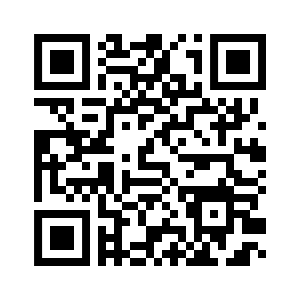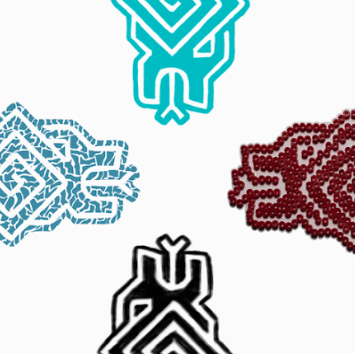For CCA Educators: Getting Started with UDL
Because everyone learns differently.
At first blush, the idea of applying Universal Design for Learning principles to teaching in an art and design school might seem like a no-brainer--or at least redundant. Don't we do this already? Every course in our curriculum is developed with an awareness of multimodal communication, in other words, of the ways people throughout history and across disciplines have composed their ideas and engaged audiences through all kinds of media and contexts.
Yes, intuitively, we get it: students connect to materials as unique individuals. But in the classroom, we are more likely to default to teaching the way we were taught and to approaching learners as novice versions of ourselves.
So let's return to this concept with beginner's mind; let's pause and approach it from scratch.
What is Universal Design for Learning?
In a nutshell, UDL is a framework for connecting with learners in as many ways as possible, because everyone learns differently. It sounds familiar because it is rooted in the Universal Design movement--the concept and ethic of designing accessibility into a space or product from the very beginning rather than expecting to adapt it later for those who, for physiological or other reasons, might struggle to enter or use it. Universal Design is proactively inclusive.
Education researchers at the Center for Applied Special Technology (CAST) drew upon these principles, along with advances in educational technology, to develop Universal Design for Learning. Although UDL pedagogies often incorporate digital tools (such as close-captioned videos and speech-to-text apps), technology is not strictly essential to UDL; there are, of course, many ways to engage learners. UDL simply challenges us to broaden our repertoire. Likewise, while UDL is often discussed as a way to support students with diagnosed learning disabilities, we would be shortsighted to view UDL as merely a form of "learning accommodation." After all, Universal Design is about weaving inclusiveness and accessibility into everyone's experience.
Ultimately, Universal Design for Learning is just good, flexible teaching.
How Do We Integrate UDL into Our Courses & Programs?
If you are starting with an existing course, or if you are new to UDL, my answer is: incrementally. Take one assignment that students seem to be struggling with (or one concept you've found challenging to teach) and begin experimenting with ways to incorporate the main UDL guidelines:
- Provide multiple means of engagement > the "why" of their learning
- Provide multiple means of representation > the "what" of learning
- Provide multiple means of action and expression > the "how" of learning
Curious to see what UDL looks like across the curriculum? The CAST website hosts a free sandbox-style UDL Studio where K-12 and post-secondary educators from many disciplines share their ongoing experiments making UDL-informed modules--some great, some still works-in-progress. For a deeper dive into the research behind UDL and more detailed explanations of specific methods to explore in your own pedagogy, the CAST UDL Research Evidence page is a good place to begin.
To explore recent experiments with UDL at CCA, such as the new badge-based training program for peer educators, contact Associate Director of Student Success and Learning Resources, Sarah Kruse. Sarah Kruse.
by Brooke Hessler | learning resource center | lrc@cca.edu


